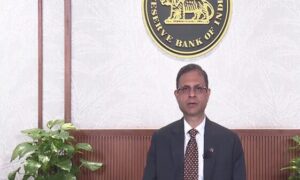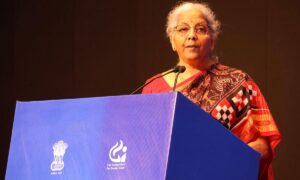
File Picture
Sticking to his analysis that India’s economic growth has been overestimated, former Chief Economic Adviser , Arvind Subramanian said he had raised doubts about the GDP numbers in 2015 when he was the chief economic adviser of the Modi government as he found inconsistency between projected growth and other macro indicators.
In a new paper ‘Validating India’s GDP Growth Estimates’, the former CEA in a PTI report, said he had indicated his doubts on the growth numbers in the Economic Survey in 2015 as well as mid-year Economic Analysis.
During 2011-2016, the period he deduced to have seen GDP growth being overestimated by 2.5 percentage points, the Indian economy was hit by a series of shocks – export collapse, twin balance sheet problem, drought, and demonetisation.
“Growth in real credit to industry collapsed, falling from 16 percent to minus-1 percent, mirrored in the official figures for real investment growth, which declined from 13 percent to 3 percent; Real exports fell from 15 percent to 3 percent; Overall real credit slowed from 13 percent to 3 percent; and real imports slowed from 17 percent to minus 1 percent,” he wrote.
But the new GDP series, adopted in 2015, suggested that “despite all these large shocks, economic growth declined by very little, slipping from 7.7 percent to 6.9 percent. This situation invites a question: is it really possible that these five large adverse shocks had such little impact on GDP growth?” he asked.
India’s gross domestic product (GDP) growth rate between 2011-12 and 2016-17 should have been about 4.5 percent instead of the official estimate of close to 7 percent.
“In January 2015, the CSO released new estimates using a new base year (2011-12 versus 2004-05), new data and new methodology. My team and I reviewed these estimates carefully – and immediately had questions about the new numbers. We consequently investigated the matter, but still could not find convincing answers, so we began to express our doubts internally and then externally,” he said, pointing to a box he had put in the Economic Survey of 2015 raising doubts on the numbers.


















